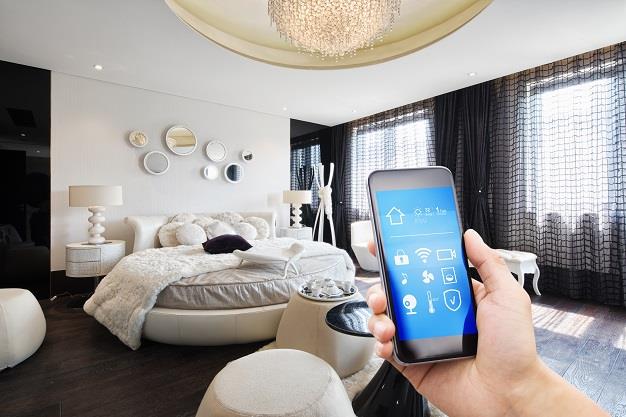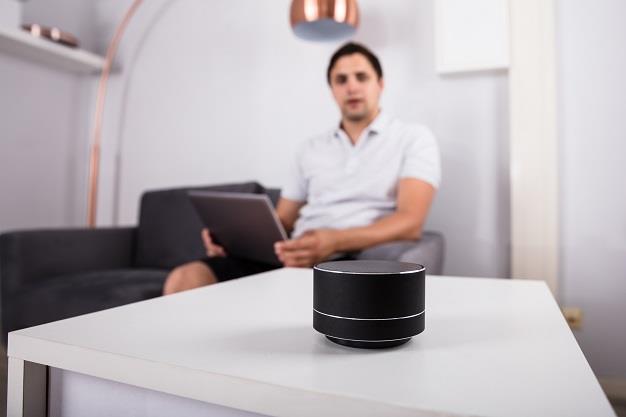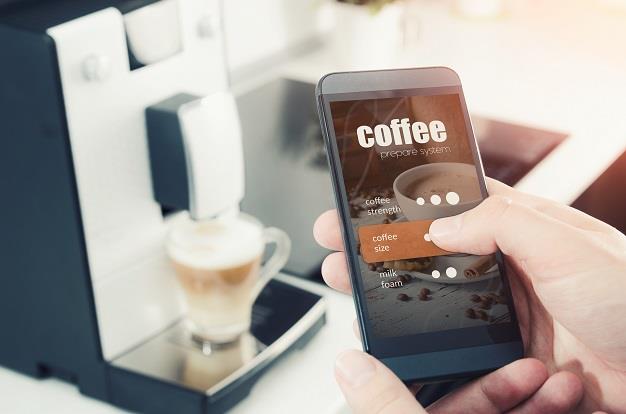Smart technology is now in our homes, thanks to the impressive capabilities of smartphones and other digital innovations.
And Smart home adoption is on the rise as technology now makes it possible for homeowners to adjust their music, ambient lighting or home security settings on their cell phones. According to the report Smart Home Market - Global Forecast to 2024, the smart home market is estimated to grow from US$76.6 billion in 2018 to US$151.4 billion by 2024.
The benefits include energy efficiency, systems user functionality, and - of particular interest for South Africans - home security. These can all be controlled from a phone or other mobile devices, allowing remote users to activate alarms, set zones or even check out movement within their property.

Transitioning to a smarter home means more than just convenience and comfort. It means increased safety and accessibility. It improves how your home operates and consequently helps you lower your household energy costs. Risks like water leaks and fire could also be detected by a smart home before they become a problem, Vera Nagtegaal, the executive head of Hippo.co.za.
People want more efficient homes and without smart home technologies, your home’s resale value will be greatly jeopardized. With that said and done, how do you convert your home into a smart home?
Here are 6 key steps to preparing your home for smartness:
1. Make a budget
There are hundreds of new gadgets to completely transform your home into a smart home. Smart sensors, smart bulbs, smart fridges, you name them! Eventually, all appliances in our homes will be compatible with smart technology. You must, therefore, prepare a budget for how your home should look like once it is fully smart and how it could look like once you have exhausted your current budget.
Go ahead and make a rough price estimate for the smart devices you would like to install in your home, and then select the urgent ones that need to be installed ASAP. These include energy-saving appliances and particularly security features.
A smart home expert will help you decide what to buy now depending on your current budget and your comfort needs. Also, you will need a budget for siding replacement if the siding material is rotten - among other home renovations - in order to make the home ready for the incoming expensive gadgets.
2. Install a solid Internet connection
Wi-Fi or a solid fibre connection is the wind under the wings of every high-tech gadget. Your home won’t be smart without a reliable internet connection. You, therefore, you need to install this before bringing in any other smart lights or that smart air purifier you might need.

3. Choose your smart assistant
Your choices include Google Assistant, Siri and Alexa. Although a smart assistant isn’t mandatory, they do help you enjoy the full benefits of smart technology. A smart assistant is basically the central hub of a smart home- the control unit for all your household’s smart devices using voice commands. It enables you to control the lights, for example, by saying, “Siri, turn off the lights” or “Alexa, dim the lights in the bedroom”.
Google Assistant is the most readily available of them all, especially because it is pre-installed in Android phones. Siri, on the other hand, is pre-installed in recent generations of iPhones. To have Alexa as your smart home assistant, you will need to buy a smart speaker that has built-in Alexa.
4. Configure your home security
Install smart cameras, smart locks, and smart sensors to complement smart lights in keeping your home safe. You will then be using an app on your smartphone to control and monitor the smart security features in your home. With home connectivity and remote management, you want to do your research prior to purchasing your wish-list smart items and make sure your smart home devices meet these security standards.
5. Start with these smart devices
Smart lights are awesome, useful, and affordable. They should be the first smart devices you install in the home. Smart lights allow you to set automatic vacation mode lighting, tune white light, schedule lighting, and set sleep timers, among other “cool” functions.
Smart speakers also come with inbuilt smart assistants - including all the three we mentioned above. You will need these speakers when controlling other smart devices in the home. When you instruct Alexa or Siri to turn off the TV, for example, it is the speakers that facilitate the communication from you to the smart assistant, and then to the TV so that it can then turn itself off.

Now that your journey to full smartness has begun, you can consider installing smart switches and bringing in smart devices such as smart coffee makers, smart dishwashers, among others - all at your own pace.
From here on out, managing your smart home and ensure your safety and security only requires you to "say the word".








